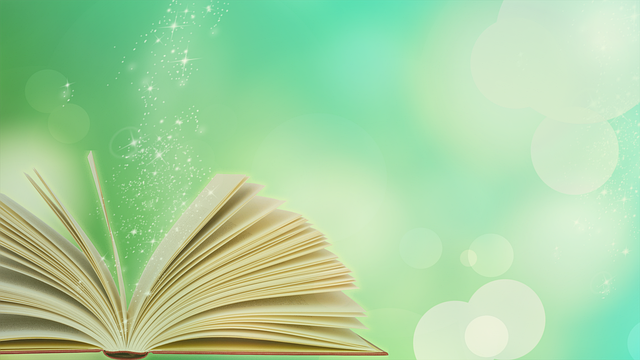With everything going on not only in the town of Plattsmouth, Nebraska, but all over the United States, I thought it would be good to dig into some facts and definitions. First of all, the women driving these book bans will tell you “We aren’t banning anything. You can still go out and buy these ...
